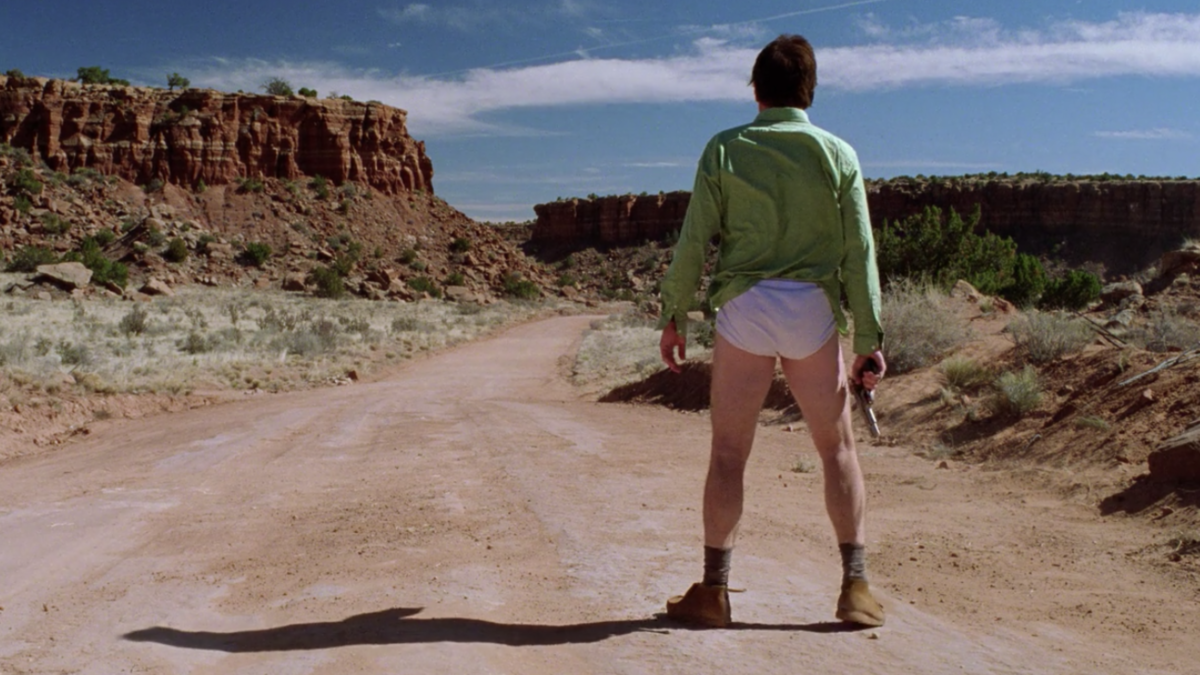
What’s a character that you’d follow into battle or go on a road trip with?
There’s something totally enrapturing about reading a script with a standout dynamic character. It just invigorates us in all the ways that make movies and TV feel magic and fun. Character development is something we talk about all the time on this website.
It’s because creating a great character can lead to some of the greatest stories ever told.
But what about a dynamic character? What are they, and how do they fit into film and TV?
From the memorable transformation of Ebenezer Scrooge in A Christmas Carol to the chilling change of Walter White (Bryan Cranston) in Breaking Bad, dynamic characters have long been at the heart of compelling narratives. These characters, who undergo significant internal changes during the course of a story, are an essential element in creating engaging and relatable content, whether in literature, film, or television.
Let’s unpack them together.
Dynamic Characters Definition
A dynamic character is a character experiencing a major transformation or inner change throughout the story. This change could be in their personality, attitude, or understanding of life. The dynamic character’s evolution, which is usually in response to the plot’s twists and turns, adds depth and complexity to the narrative, making it more engaging and relatable to the audience.
The Significance of Dynamic Characters in Storytelling
In some stories, dynamic characters help push the plot forward and keep the audience hooked on a tangible goal. The bumps in the road and beats of the screenplay allow us to see a change appear in them over time.
The importance of dynamic characters in storytelling cannot be overstated. They bring life and depth to the narrative by undergoing a transformation. There are a few main ways these characters matter in narratives.
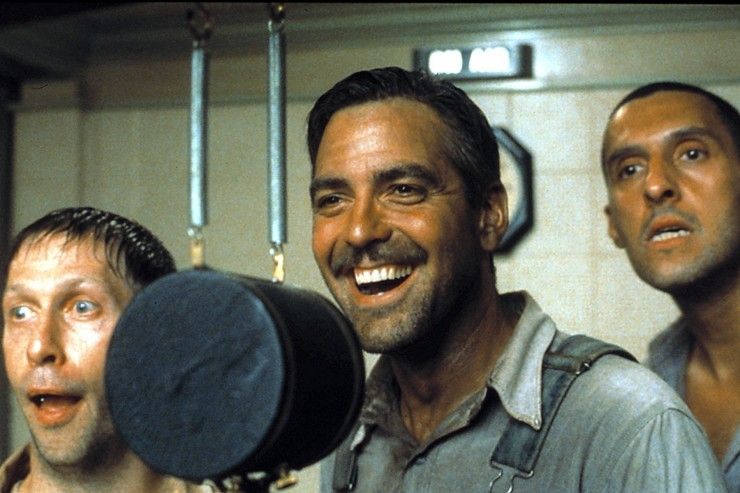
Preventing Monotony
Without dynamic characters, stories could quickly become monotonous and unengaging. Characters that remain static throughout the story, regardless of the conflicts they encounter, can make the narrative dull and predictable.
Imagine a scenario about a village of happy people. If no one changed or did anything you would be pretty bored watching them day in and out.
Enhancing Realism
You want your audience to believe what happens in the story, right? Well, characters are there to help your world build. You’re showing the audience the kinds of characters who populate this place.
Dynamic characters contribute significantly to the story’s realism. Just like in real life, characters in stories don’t remain the same. They evolve and adapt according to their circumstances, making them more relatable to the audience.
Adding Depth
Dynamic characters also add depth to the narrative. As they evolve, they reveal different aspects of their personality, making them more complex and interesting. This keeps the audience invested in the character’s journey and the story overall.
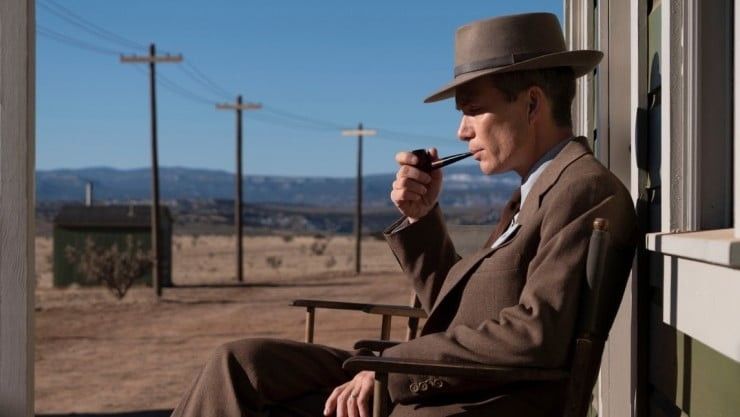
Examples of Dynamic Characters in Action
Several renowned characters in literature and film are memorable due to their dynamic nature. They have been instrumental in driving their respective narratives and captivating audiences. Let’s take a look at a few together.
1. Neville Longbottom from the Harry Potter series
In the Harry Potter series, there are lots of character changes over time, but one I really love is that of Neville Longbottom (Matthew Lewis). He evolves from an awkward, weak boy into a powerful and confident wizard. His transformation is significant and instrumental in the fight against the villainous Death Eaters.
And he arcs from standing up for what’s right on small stakes to having the gumption to risk his life later.
2. Anakin Skywalker from the Star Wars series
Perhaps one of the most famous dynamic characters of all time, Anakin Skywalker’s (Hayden Christensen) character arc is another classic example. He starts as a promising Jedi, but ultimately succumbs to the dark side, transforming into the dreaded Darth Vader.
But it doesn’t stop there. Over the course of six movies, we see the pull of the light and dark sides on him, eventually allowing him to return to the light, save his son, and kill the Emperor.
3. Skyler White from Breaking Bad
In the popular TV series Breaking Bad, Walter White’s journey is a chilling example of a dynamic character. He starts as a humble chemistry teacher diagnosed with terminal cancer.
However, I think the journey of his wife is equally interesting. Skyler (Anna Gunn) starts as a protective and loyal wife. She and Walt have a lot of love for each other, but as crime absorbs who he is, we see it also jade Skyler to a much darker world out there. And it eventually drives her to become suicidal and broken by the world.

Crafting Dynamic Characters: A Step-by-Step Guide
Okay, so how do you bring dynamic characters into your own work?
Creating a dynamic character requires a deep understanding of the character’s personality, motivations, and flaws. The character’s transformation should be believable and integral to the plot.
Step 1: Create a Character Profile
Start by understanding your character thoroughly. Create a character profile detailing their history, personality traits, and motivations. This will be the foundation on which your character’s transformation will be built.
If you’re a stan of No Film School, you know I am a hardcore believer in the Le Menu, and using it to lead your characters.
The Character Le Menu
At the beginning of Crafting Short Screenplays that Connect by Claudia Hunter Johnson, there is an exercise the writer refers to as “Le Menu.” It asks the reader to fill out a survey to figure out what kinds of stories they should write. Instead of filling out the Le Menu for yourself, I’d ask the writer to pretend to be the character and then write five to ten answers to:
- What I love
- What I hate
- What I fear
- What I believe
- What I value
- What I want
- What I know about
- People who made a difference in my life
- Discoveries that made a difference in my life
- Decisions that made a difference in my life
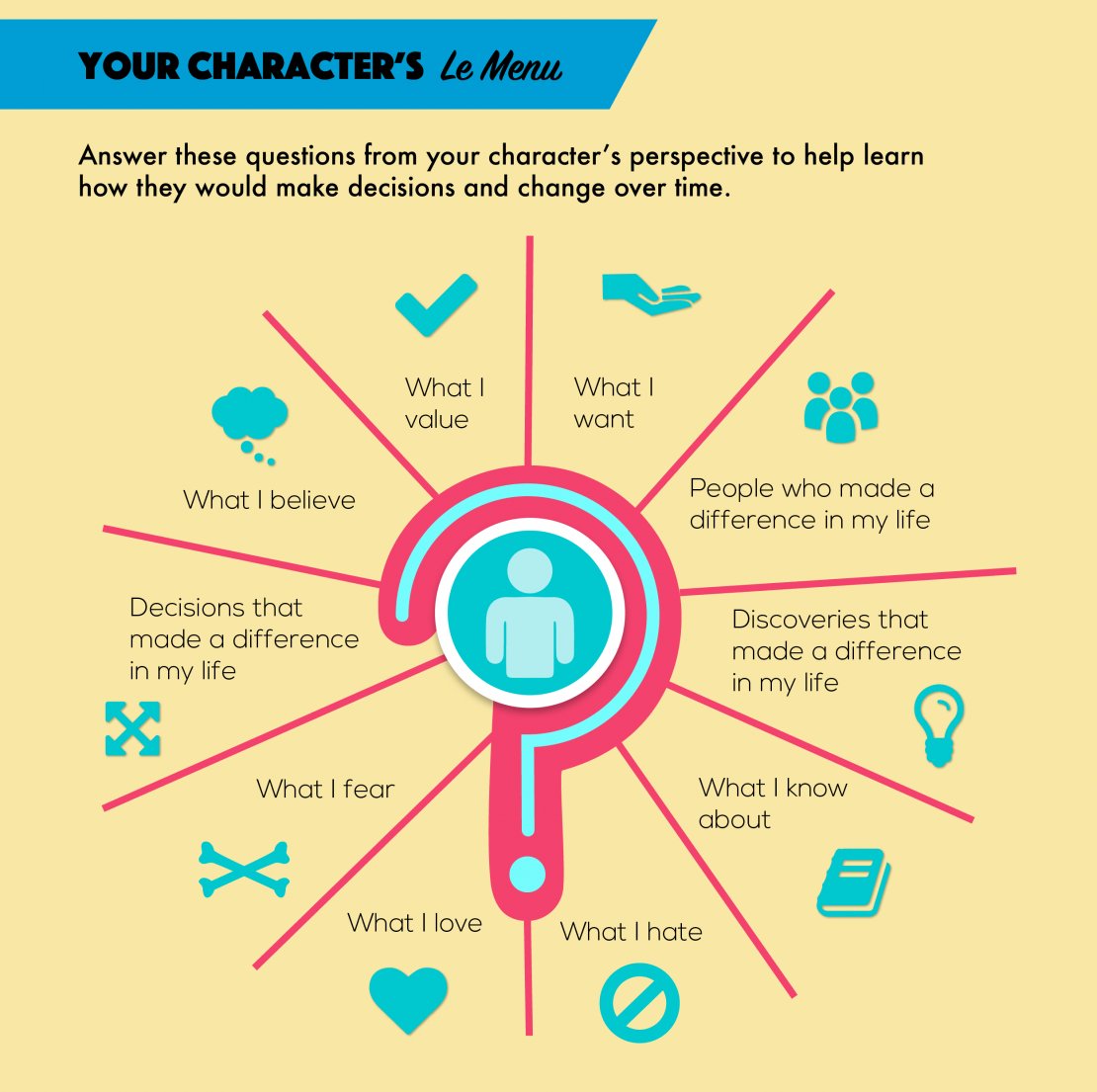
Step 2: Understand Their Motivations
A character’s motivations are fundamental in driving their actions and decisions. These motivations can also act as a catalyst for change. Understanding what drives your character will help in crafting a believable transformation.
Even beginning writers know their characters need a goal to get through the movie or pilot. But one thing a lot of writers seem to forget is that every character needs motivation. In every scene.
Think about your daily life. Even when you’re strolling through the aisles of Target or sitting on the toilet, you have something you want to happen.
Chances are that you encounter people who want the opposite to happen. If this occurs in the bathroom, sorry to trigger any terrible memories, but keep reading.
The point is, two opposing forces create conflict, which creates drama, and drama is the foundation for a great story.
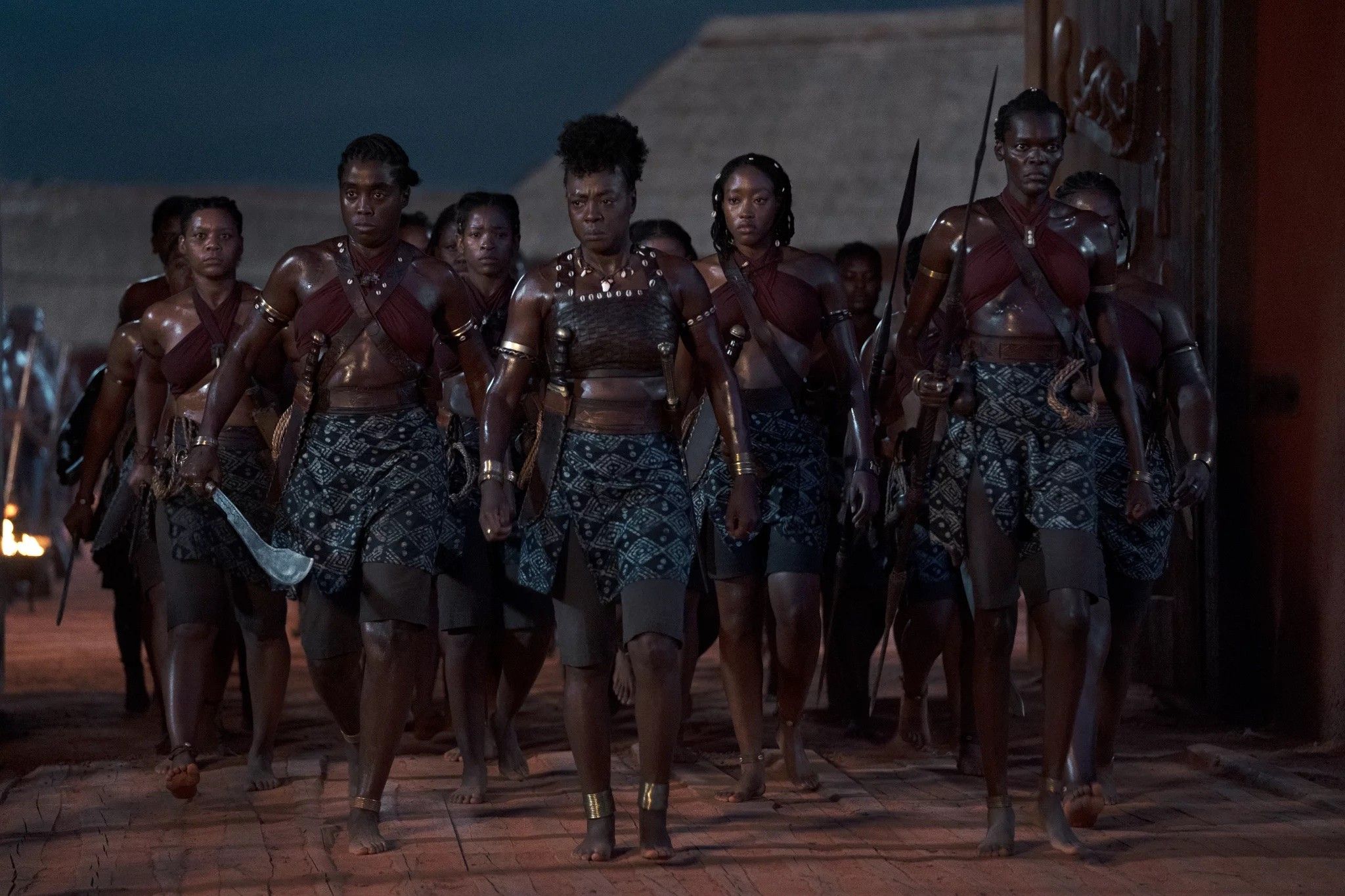
Step 3: Identify Their Flaws
Every character should have a flaw or weakness. This flaw not only makes the character more relatable but also provides an area for improvement or change. What’s wrong with this person and why do we see them go through all these trials and tribulations, rooting for them to change?
These don’t have to just be issues for the main character, but they can affect anyone in the story.
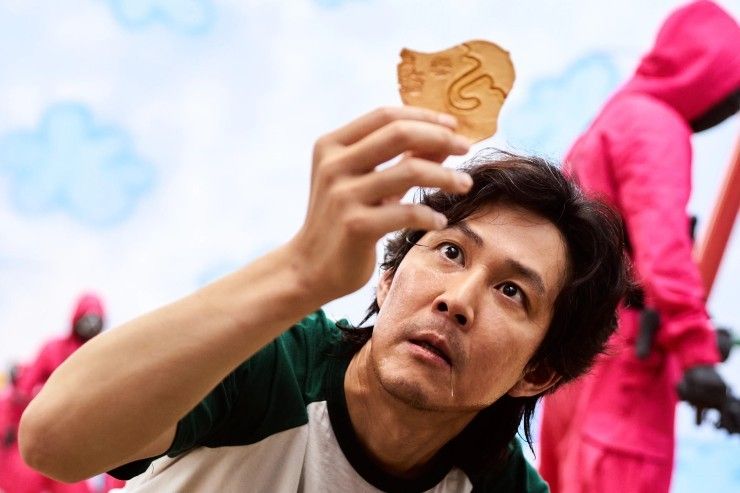
Step 4: Develop Their Conflict
Internal conflict is essential for character development. Conflict tests the character’s resolve and forces them to adapt, leading to their transformation.
All movies and TV shows are based around some kind of inherent conflict.
These conflicts help you determine the genre of the story and also the kinds of drama you can pull out to make things compelling. Since the dawn of time, all storytelling has relied on the idea of conflict.
And this helps define characters for us.
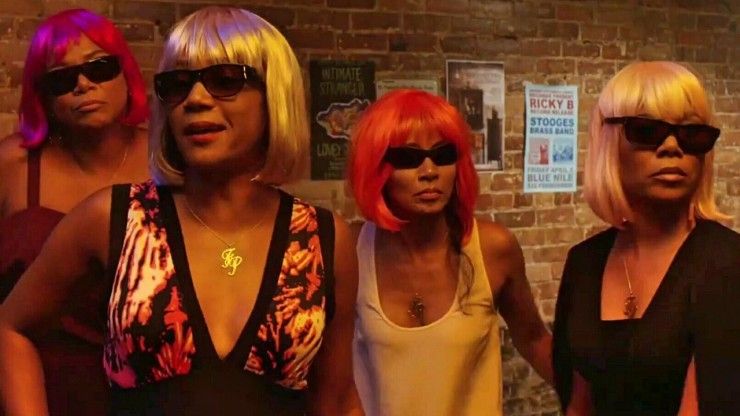
Step 5: Show Their Transformation
Show the transformation of the character over time. Remember the golden rule of storytelling: “Show, don’t tell.”
Make sure the transformation is gradual and influenced by the character’s experiences and circumstances.
We want to know how things change and what makes them different now. Bonus points if there’s a tangible goal, but show us as people what makes them stand out at the end versus the beginning.
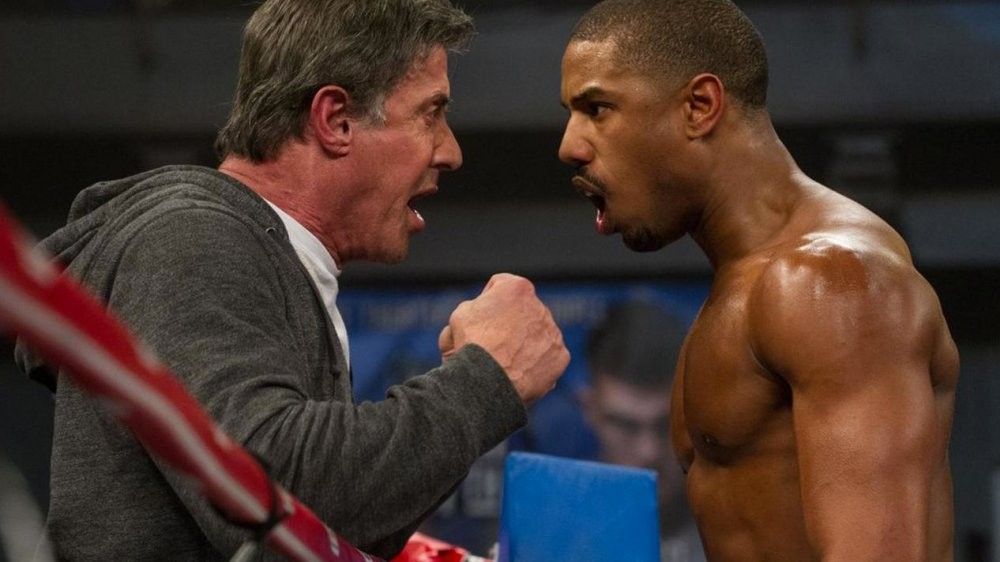
Summing Up Dynamic Characters in Screenwriting
Dynamic characters are the heart and soul of compelling storytelling. They add depth, realism, and excitement to the narrative, keeping the audience engaged and invested in their journey.
Whether it’s a positive transformation like Neville Longbottom’s or a descent into darkness like Walter White’s, dynamic characters make stories more relatable and memorable.
So, the next time you’re crafting a narrative, remember to infuse it with dynamic characters that evolve and adapt, mirroring the complexity and unpredictability of real life.
Go get writing.














